A search for Aiken code (2-4-2-1 binary coded decimal) yields many web pages and a video with a lecturer claiming (in virtually identical language- this is from Wikipedia) (emphasis added):
The code was developed by Howard Hathaway Aiken and is still used today in digital clocks, pocket calculators and similar devices.
I see no citations that would support the latter part of this claim. The 4-bit MCUs I am somewhat familiar with (eg. OKI, TI, even the Intel 4004 used in the first calculators) that would be used in single-cell watches and in pocket calculators, as far as I know use conventional 8-4-2-1 BCD in their nibble decimal adjust instructions (the add-6 algorithm).
In fact, in most of the places references to Aiken code appear it is in relation to artificial textbook problems and such like.
Is there a known practical application of this code in "digital clocks, pocket calculators and similar devices" the last 20 or 30 years?
